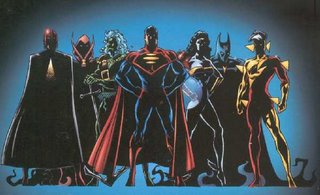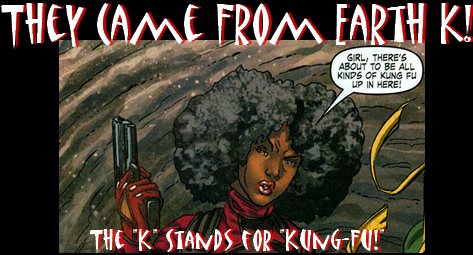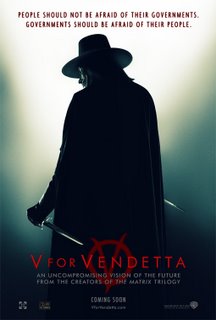Rather than get deep into the story and possibly ruin all the great twists and turns it takes, I want to point out the things it does RIGHT when it comes to crossovers.
First of all, it was giant, crazy, sci fi fun, like a Silver Age story seen through a Modern Age lens (not unlike All-Star Superman or Earth 2). The story felt huge and not just because it impacted every single DCU title (which it managed to do in a significant way, but I’ll come to that). It also felt big because the danger was epic, the characters were epic, the entire concept of a Justice League from 830 centuries in the future is epic, everything is simply HUGE. Not “widescreen” whatever the hell that means, but everything had import and the pace never slipped in the main miniseries. It was a breakneck pace punctuated by moments of radness that added to the overall experience but weren’t the main point of the overall experience.
Second, this wasn’t a crossover focused on “fixing things” or retcons and had nothing to do with the past at all, it was fundamentally about the FUTURE. Not only within the actual narrative, but by creating a whole slew of new concepts for writers to play with in future stories. A Superman Dynasty? Marrying into the Fifth Dimension’s royalty? Solaris, the Tyrant Sun? Although nobody has had the guts to touch Morrison’s shiny new toys, the beauty is that SOMEBODY will. They’re just sitting there, waiting. One of the best (and worst) things about comics is that we NEVER throw anything away. Bottom line, the whole crossover hung together in a clever way that didn’t feel forced at all, it was simply a story big enough to involve everyone in the DCU.
Incidentally, as a corollary to the above, there were a ton of small ideas thrown in there as well. Mentioning how long Steel’s armor survived and who wore it, the idea of some Starmen being very evil because of Jack Knight’s dalliance with the Mist and a thousand other small (in comparison) ideas that could be used in a big way.
Third, this crossover had moments for second and third stringers that didn’t involve getting their heads blown off or being struck to death with a bolt of lightning. The reason I give a crap about reading Huntress in Birds of Prey is because the JLA showed how she could save the day even though she’s kind of a tool on the streets of Gotham. Barda kicking Wonder Woman One Million all over the Watchtower showed that Barda is a warrior sometimes softened into a woman while the Amazons are women sometimes toughened into warriors. Oracle held the whole damn world together when it was going absolutely mad (which she would do AGAIN in Infinite Crisis). The Resurrection Man is the most valued member of the Justice Legion of the future, how cool is that?
Fourth, the story totally held together. The core story had about fifty characters between heroes, villains and those in between and was spread across 830 centuries and still managed to make complete sense in the end. What’s more, it managed a Shakesperean or Greco-tragic moment when the JLAs of two eras were forced into making the most difficult and costly decision they’ll ever have to make because it affected not just their own two times, but all the centuries in between.
Fifth, there were no Red Sky tie-ins. Every single DCU title gave a glimpse into the 853rd century. Granted, some were more interesting or well crafted than others, but nobody had to wonder how this issue of Supergirl or Titans or (believe it or not) Hitman tied into the overall story. Not every title was essential to understanding the bigger plot, but every issue added color and depth.
Sixth, this gigantic company-wide mega-crossover event was done in a month. One. Month. No four monthly lead-ins and 7 months (if it was on time) of core crossover or putting your entire line on hold so that the timing will work out. In four weeks, every corner of the DCU was affected by an epic storyline, we all had a great rollercoaster ride, and then it was over. No fill-in artists or host of inkers (and One Million still looked great, BTW), no glossing over backgrounds, in short, no half-assing. My socks were thoroughly rocked for a solid four weeks and then it returned to my regularly scheduled programming. Whoever thought of that ought to get a medal and a handshake from the President.
I tried to keep this mostly positive, although some stark contrasting had to happen to drive home my point. One Million was great, it deserves better treatment than a single volume printed on toilet paper that you can buy at your LCS, but if that’s all you can afford, get it. If you want, try for whole runs on ebay or go through the dusty back issue bins of every LCS you come within a five mile radius of or try and fill it in at cons. If you have adaptable ethics, there are ways to read every single issue of it on the internet. Whatever you have to do, ignore insulting do-overs of crossovers with marginal quality in ridiculously over-priced collections, ignore an attempt to apply super-heroics to “ripped from the headlines events” and go on a trip to the 853rd century. You won’t be disappointed.


